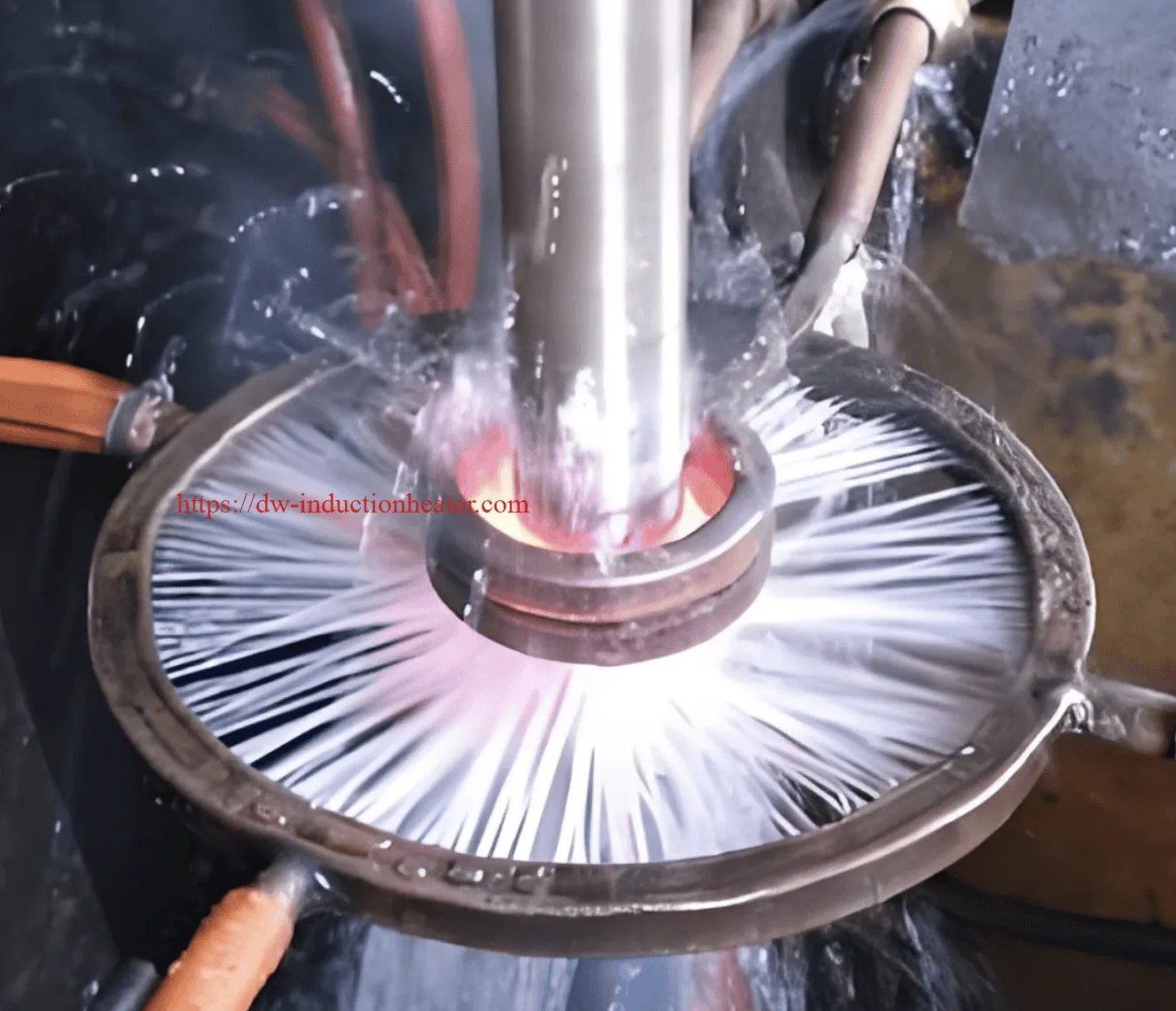What is induction tempering?
Induction tempering is a heating process that optimizes mechanical properties such as toughness and ductility
in workpieces that have already been hardened.
What are the benefits?
The main advantage of induction over furnace tempering is speed. Induction can temper workpieces in minutes, sometimes even seconds. Furnaces typically take hours. And as induction tempering is perfect for inline integration, it minimizes the number of components in process. Induction tempering facilitates quality control of individual workpieces. Integrated induction temper stations also save valuable floor space.
Where is it used?
Induction tempering is widely employed in the automotive industry to temper surface-hardened components such as shafts, bars and joints. The process is also used in the tube and pipe industry to temper throughhardened workpieces. Induction tempering is sometimes performed in the hardening station, sometimes in one or several separate temper stations.
What equipment is available?
Complete HardLine systems are ideal for many tempering applications. The chief benefit of such systems is that hardening and tempering are performed by one machine. This delivers significant time and cost savings in a small footprint compared to alternative technologies. With furnaces, for example, one furnace often first hardens the workpieces, with a separate furnace
then being used for tempering. Solid state DAWEI Induction Heating Systems are also used for tempering applications.



